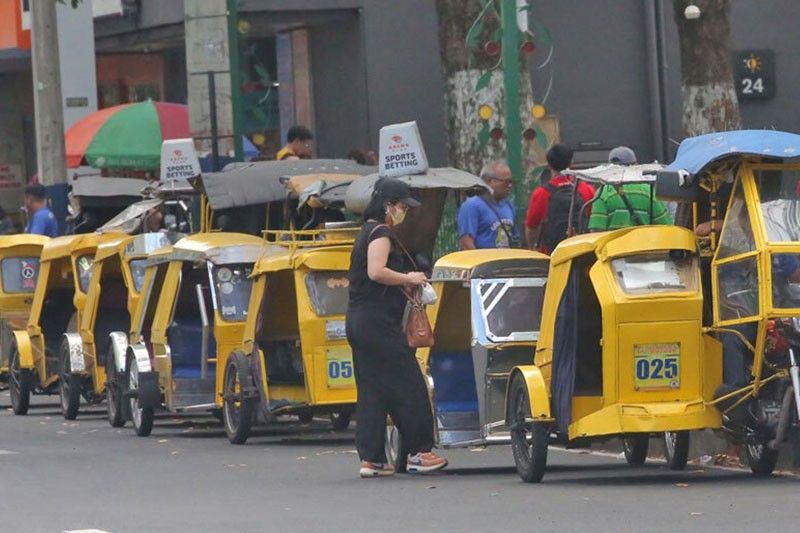No exact air pollution numbers in MM – DENR

Despite 138 monitoring stations
MANILA, Philippines — An official of the Department of Environment and Natural Resources (DENR) Environmental Management Bureau (EMB) admitted yesterday that the 138 monitoring stations in Metro Manila and other areas do not reflect the actual air pollution in the country.
The stations do not measure the air pollution caused by natural sources, including sea salt and volcanic ash, according to Chadbert Nikko Aquino, ambient air quality monitoring specialist of the EMB’s air quality management section.
“Our monitoring stations may not be able to measure exactly the air pollution,” Aquino said.
Aquino led the five contingents of the DENR in the Airborne and Satellite Investigation of Asian Air Quality (ASIA-AQ) campaign, a partnership that brings together experts from the National Aeronautics and Space Administration (NASA) of the United States, DENR, Philippine Space Agency, Manila Observatory, Ateneo de Manila University and the University of the Philippines.
The country’s experts will join NASA scientists on board the scientific research flights from Feb. 11 to 15 to study the atmosphere in Metro Manila, Regions 3 and 4-A, Ilocos Norte, Palawan and Cebu.
“This study will be helpful to the DENR in evaluating the current guidelines and the study will be able to tell us the hotspot areas in certain places so that we will be able to expand our current air quality monitoring and assess the existing stations, if they are adequate to monitor the area,” Aquino said.
He added that the ASIA-AQ will be an opportunity for the DENR to study different airsheds in the country.
“We will be able to determine if their boundaries are adequate and we may be able to expand and reassess the airsheds in the Philippines,” Aquino added.
Manila Observatory Air Quality Dynamics Laboratory research scientist Maria Obiminda Cambaliza has said that at least 100 of every 100,000 Filipinos die annually because of air pollution, adding that 60 percent of the country’s air pollution is caused by pollution from vehicles.
Cambalisa added that roughly seven million people die each year globally due to air pollution, noting that one-third of that figure is in Asia.
According to Cambaliza, the country’s annual air quality was pegged at 20 micrograms per normal cubic meter, or four times the annual standard value set by the World Health Organization.
During the launching of the ASIA-AQ in Clark Field, Pampanga, Health Undersecretary Eric Tayag confirmed the contribution of air pollution to deaths in the country.
“We know the contribution of air pollution not only in lung cancer but also other kinds of cancers… the new technology brought by NASA will provide in-depth study that is connected to climate change so that more Filipinos will be aware of how to prevent diseases. Aside from lung cancer, air pollution is one of the main causes of many respiratory diseases and we want to know if air pollution has contributed to the increase in influenza-like illness,” Tayag said.
- Latest
- Trending


























